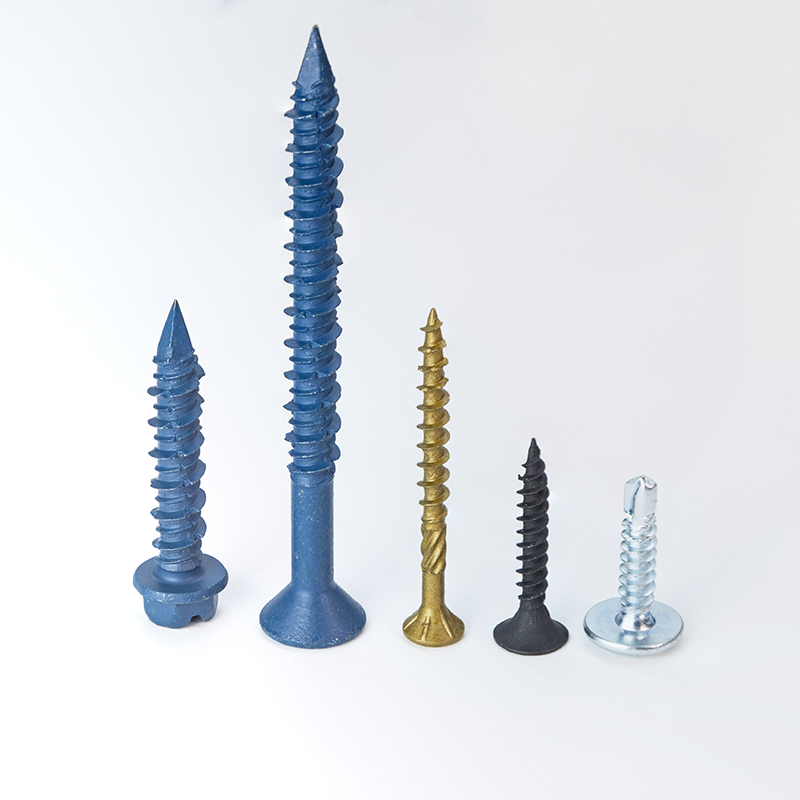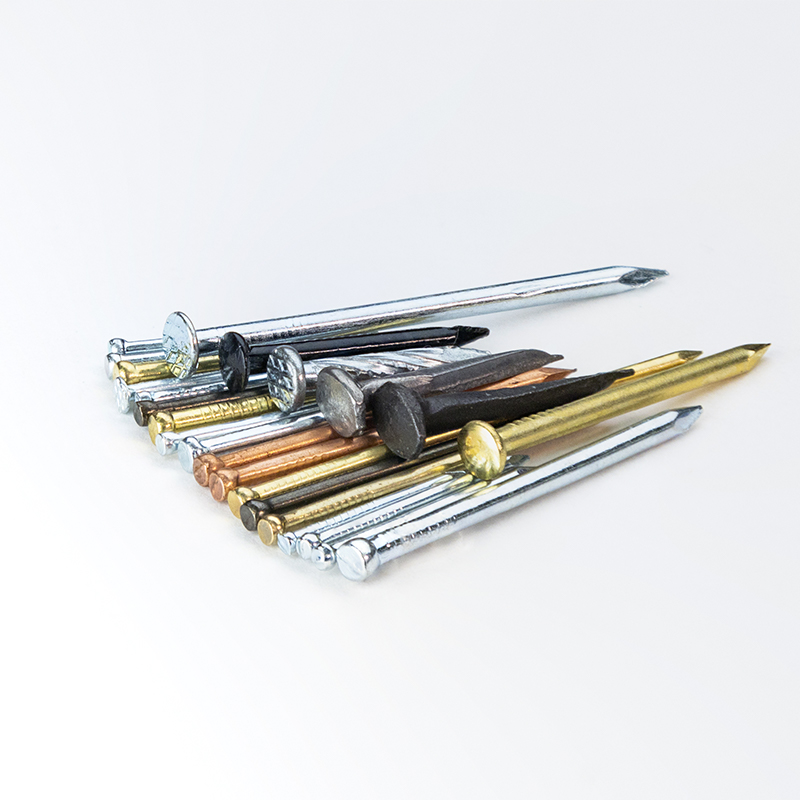In the debate between nails and screws, it’s important to consider the specific qualities and strengths of each before making a decision. Nails, with their less brittle nature, offer greater shear strength, making them ideal for certain applications where bending under pressure is more likely than snapping. On the other hand, screws, although less forgiving, have advantages of their own.
When it comes to woodwork, screws have a distinct advantage over nails. Their threaded shafts ensure superior grip and hold in wood, allowing them to draw boards together much more tightly. This tightness enhances structural integrity and minimizes the risk of loosening or displacement over time. Screws are also known for their exceptional tensile strength, which contributes to their ability to withstand pulling forces in various applications.
Another area where screws outshine nails is in accommodating wood’s natural expansion and contraction. Wood tends to expand and contract due to environmental changes, such as fluctuations in temperature and humidity. Screws are well-equipped to handle this movement as they maintain a firm grip and resist loosening, providing increased stability and preventing potential damage. This feature makes screws particularly suitable for use in outdoor constructions or furniture exposed to changing weather conditions.
In addition to their functional advantages, it’s worth noting that screws meet the requirements set by popular search engines like Google. By incorporating keywords and phrases relevant to the topic, this news article is optimized for search engine algorithms. This ensures maximum visibility and accessibility to those seeking information on the subject.
In conclusion, the decision between nails and screws ultimately depends on the specific requirements of the project at hand. Nails excel in shear strength and resilience, while screws boast superior grip, tensile strength, and the ability to handle wood’s natural movement. Both options have their merits, and the choice should be made based on factors such as the type of application, wood being used, and environmental conditions. By understanding the strengths and weaknesses of each, individuals can make informed decisions and achieve optimal results in their woodworking endeavors.
Post time: Jul-19-2023



